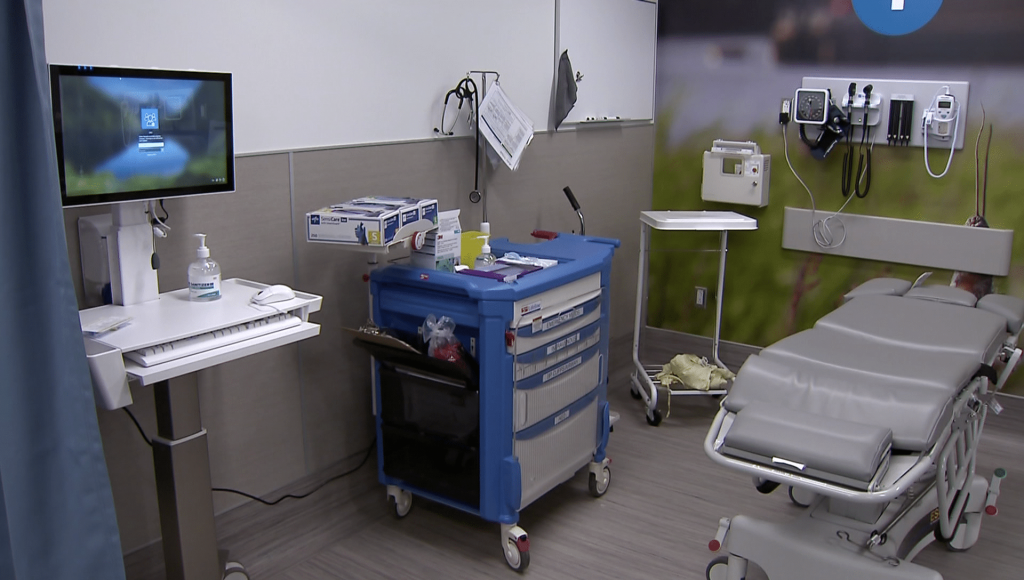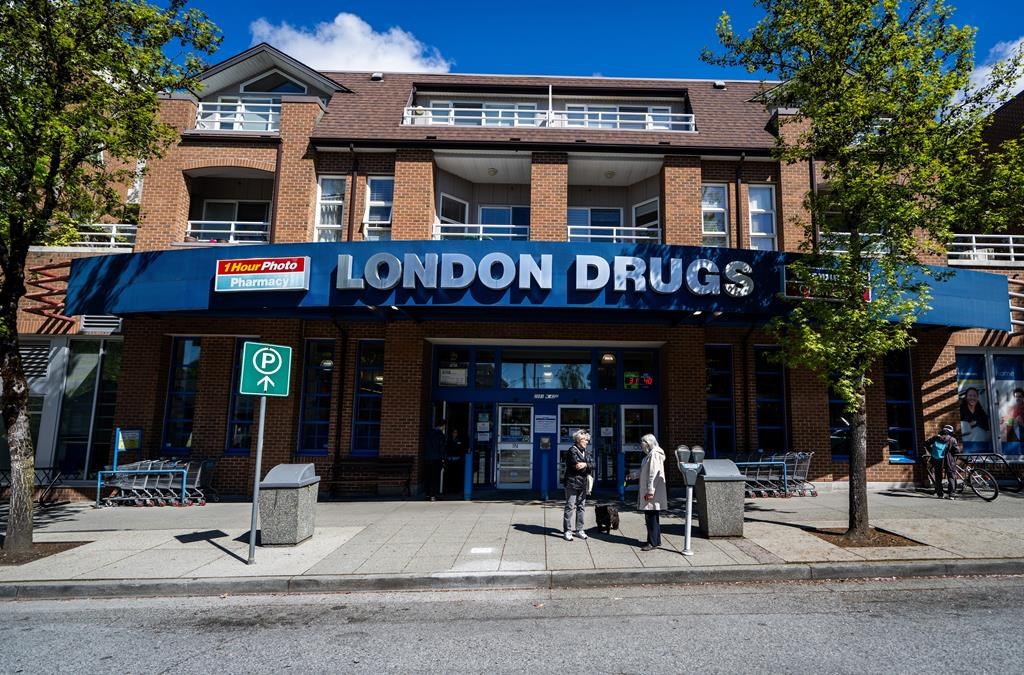How do we solve the critical shortage of nurses and family doctors in B.C.?

Posted May 31, 2022 8:39 am.
Last Updated May 31, 2022 8:40 am.
As B.C. continues to struggle with a shortage of family doctors and nurses, Premier John Horgan admits no fix will be quick — even if more money comes from federal health transfers.
Horgan has been pushing the federal government for more funding for the province’s healthcare system.
“You can’t build a system around that. You need predictability, you need funding – any business will tell you that if the revenues are not stable, you’re going to have to make different choices about how you deliver your services or meet the needs of customers or, in the case of healthcare, your patient,” he said.
Near the top of the list of priorities for the province is general practitioners.
Related articles:
-
Horgan pressing prime minister to step up federal health care funding
-
No quick fix expected if B.C. health care receives boost from feds: Horgan
-
B.C. program provides access to preventative care amid doctor crisis
Health Minister Adrian Dix says it is important to ensure more people going into medicine choose to be family doctors.
“We have to continue to act to ensure that new resident doctors see longitudinal primary care as a career,” explained Dix. “And I think that what they tell us is that the current business model for primary care doesn’t work for them, so we have to make adjustments to that because we need to replace the doctors who are retiring.”
Dix says there are about 400 family practice doctors in B.C. who are over the age of 70.
“We have the largest family practice residency program in the country, but we have to make sure they are not just becoming hospitalists or other things, but that they are going into longitudinal family practice. That will involve some changes,” he said.
Shortage of B.C. nurse practitioners
Nurse practitioners fulfill many of the primary care duties that doctors have in B.C., but the nursing shortage in this province also extends to NPs.
“I think it goes without saying that seats in educational institution are fantastic, but they come with a long time frame in terms of entry to practice,” said Michael Sandler, CEO of Nurses and Nurse Practitioners of BC.
He adds the province has made some progress in terms of opening up new seats for nurse practitioners, but there’s still some way to go.
“What can we do today to address the issues associated with the shortage? We can optimize the scope of practice for nurses currently in practice and that’s essentially finding efficiencies within a system that is already there — we get to do more with less when we do that,” Sandler told CityNews.
“And the IEN — or internationally educated nurses process — we are working on streamlining that with our partners in industry, the union and government. We are also working with the educational institutions to continue to make nursing a primary choice for individuals who are interested in entering the healthcare profession.”
Along with recruitment, Sandler says retention is equally important.
“We’ve just come through 28 months of very difficult and challenging times. COVID has placed a significant burden on nurses to try to meet increasing demands and very challenging working conditions. So it is beholden on us to ensure that we are working with the ministry to create an environment that nurses can work in and come back to.”
That includes, he says, mental health and wellness programs that recognize nurses are facing unprecedented demands.
“We are also working with the college to optimize scope of practice so that nurses can actually meet the demands that their patients are placing on them, and we are also working with health authorities to ensure that nurses are given the autonomy and decision-making capabilities they need to make sure that patients have the care they need in a timely fashion,” Sandler explained.
Primary care shortage ripple effect
Shortages of primary care providers in B.C. are also causing a ripple effect in emergency rooms, according to an emergency medicine physician.
Many people have reported long wait times at ERs in recent months.
“Sometimes, if someone doesn’t have a family doctor or they can’t get in to see their doctor [for an issue like high blood pressure] … they will come into the emergency department to see myself or one of my colleagues,” said Dr. Nav Grewal, who is also a clinical assistant professor in UBC’s Department of Emergency Medicine.
“We almost always tell them blood pressure itself is not really a huge concern as long as there are no other symptoms. Unless they are also having a stroke or a heart attack … we won’t do anything about it in the ER. We tell them to go back and see their family doctor.”
The result, she says, is a downstream effect being offloaded onto emergency departments.
“It makes departments much more busy, the waits are longer, patients are more frustrated, physicians and nurses are more frustrated — it’s just a bad situation all around.”
Dr. Grewal echoes the sentiment that there is no quick fix for primary care in B.C.
“The problem has been decades in the making so I think it will take years before the ship rights itself. The lack of family doctors isn’t necessarily about training new doctors, it’s about retaining them,” she argued.
“So many have moved on to other roles where they are paid better, for example hospital systems or in tele-health systems. The only way to get family physicians who have been frustrated by the system to return, or to get new family physicians to enter that system, is to offer them the kinds of incentives they have been asking for all along, including being paid fairly and equally for the responsibilities they have.”










